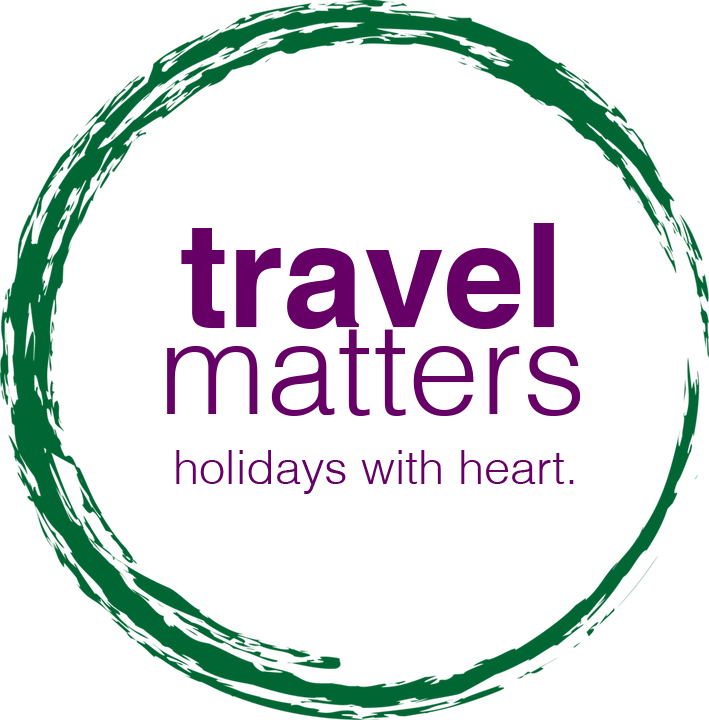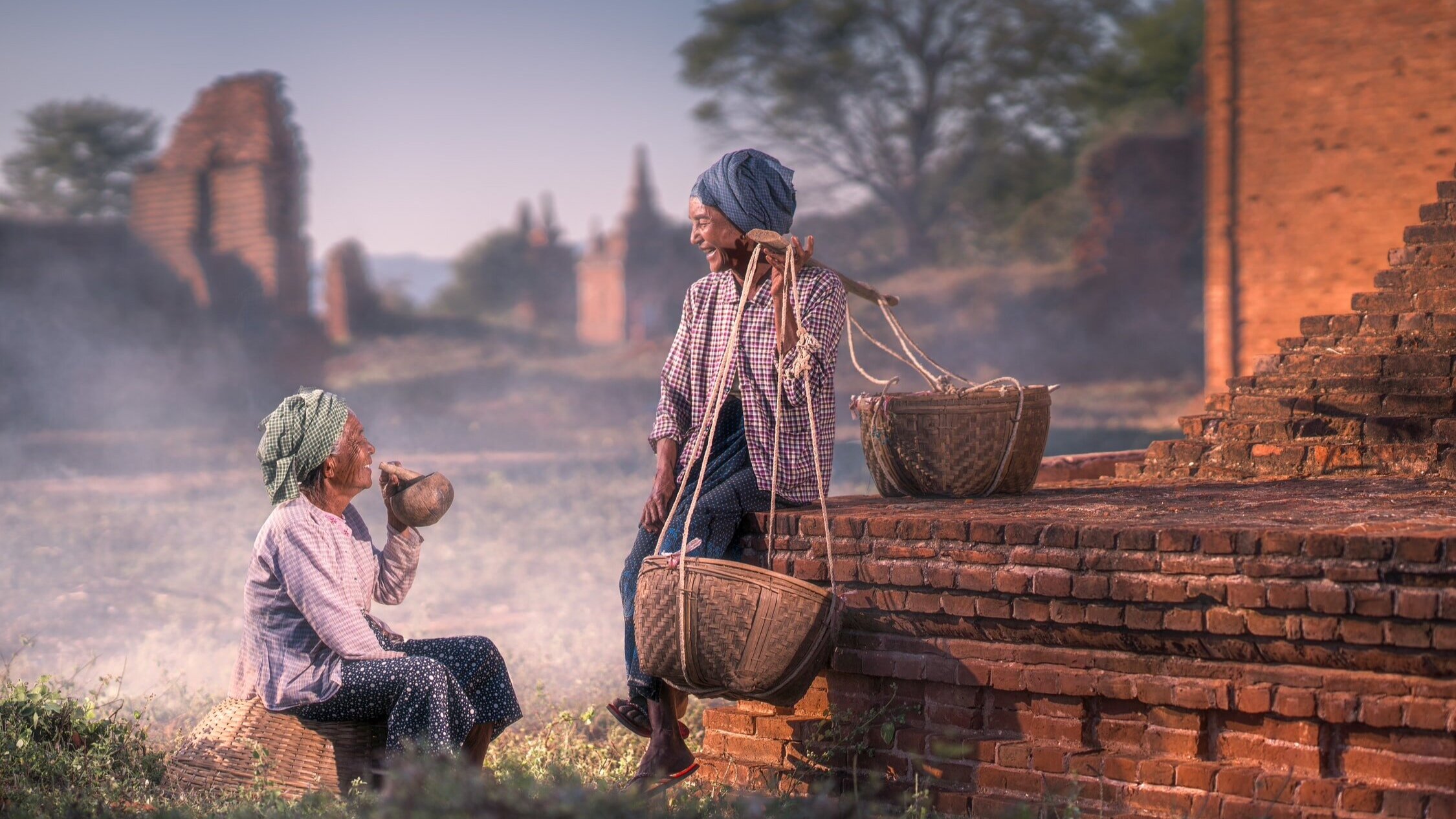A year ago, a Norwegian customer sent us an enquiry asking whether we could plan a journey for her through Reisa National Park. We had to ask her to ‘hold that thought’ for another year, so we could familiarise ourselves with this intriguing and remote part of the country – one of the few areas our team knew little about.
On a winter trip to the area earlier this year, we were introduced to local insiders – professional activity providers – who were keen to facilitate journeys for our guests. Before I knew it, I had four travel companions booked to accompany me on a combined trekking and pack-rafting adventure, from Kautokeino to Reisa, over four days in summer.
Nordkalotten (The Arctic Trail) – Long distance hiking above the Arctic Circle
The Arctic Trail stretches over 800 km from Sulitjelma in Norway (Nordkalottruta) through Sweden (Nordkalottleden) to Kvikkjokk in Finland (Kalottireitti). Our goal for this year’s summer vacation was to venture along the route inside Reisa National Park, a virtually untouched natural landscape cut through by the Reisa, one of the world’s most bountiful salmon rivers. For me, what made this adventure especially attractive was the added cultural dimension: people of Norwegian, Sami and Kven origins have long used this National Park’s resources, and their unique folk cultures are reflected in the area.
Day 1: Biedjovággi to Reisavannet Lake (11 km / 4 hrs)
After a comfortable night at Kautokeino’s only hotel, where we were warmly greeted by our Sami friends Jon Mikkel and Odd Arne, we set off to the starting point just before Biedjovággi in the sunny morning light. The driver arrived just on (local) time – a Sami half hour late. Somewhere between Kautokeino and the starting point, we lost mobile coverage, and enjoyed the luxury of being disconnected from the world until reaching Reisa four days later.
Slightly nervous about the notorious Finnmark mosquitos, we had stuffed our rucksacks with items of bite-resistant clothing as well as various repellents. Our fears turned out to have been exaggerated, yet the spray was effective, and the bugs graciously kept their distance. The trail followed reindeer fences and led us through marshland covered in cloudberries so that we could eat our way to our first camp, the summer house of the three-generation Sami Nilut family.
Happiness can be felt in so many ways, and our stay with the Nilut family was no exception. Imagine a wood-fired sauna and tub in the freshwater lake, Reisavannet. Drinking a cold northern Norwegian beer on the terrace in the summer sun over attentive and humorous conversation, joiks (Sami folksong) and fortune-telling around the fire, a sumptuous meal of bidos (reindeer stew) and cloudberries, rounded off with a spot of fishing under the midnight sun.
Day 2: Reisavannet to Nedrefoss via Imofossen waterfall (27 km / 10 hours)
After a sumptuous breakfast with our Sami hosts, we embarked on the greatest challenge of this trip: the long hike from the mountain plateau, through birch and pine forest into the narrow Reisa valley and the narrow canyon surrounding the impressive Imo waterfall. After 23 km of hiking, I was the only one in our group motivated to make the 1 km detour to Imofossen. (Insider tip: this hike can be split in two, with a night at Arthurgamma cabin.) What makes this waterfall unique is the opportunity to gaze down at the 20 m high waterfall as it plunges over a granite cliff into a canyon and is met by a smaller tributary, Spanijohka. Together, these two waterfalls, as well as the surrounding rocky landscape and giant potholes, add up to a powerful sight.
When I reached the Nedrefoss cabin, my fellow hikers had already lit a fire in the rustic cabin managed by the Norwegian trekking association. We cooked our evening meal on the gas stove, and enjoyed a peaceful evening in the cabin, in the glow of candlelight and the unending summer light. Two of us still had enough energy to try out the adjacent river sauna and take a refreshing dip in the Reisa river, one of the clearest watercourses in Norway. It’s so clear that, from the suspension bridge leading to the cabin, you can spot the giant salmon swimming in the river below.
Day 3: Nedrefoss to Siemma (3 km hiking, 14 km paddling)
We were all excited by the idea of trying pack-rafting for the first time, and happy to meet up with our guide Steffen. He had brought with him fresh breakfast sandwiches and locally produced blueberry juice. After a brief introduction, we jumped into our single and double pack-rafts and set off downriver, with Steffen keeping an eye out for us from his riverboat. These craft were originally punts; these days they are motorized.
Floating down the crystal-clear river, navigating through gentle rapids and watching the mountains rising high up on both sides of the canyon was a rewarding experience. We anchored up near the Mollisfossen waterfall – the largest and most popular attraction in Reisa. Only one other group of people (three people in total) were there at the same time as us. The falls here are 269 meters high, with a vertical drop of 140 m. We were able to walk right next to it and feel the ground shaking and the water spraying in our faces. On our return to the riverbank, Steffen had set out lunch on a white tablecloth by the fire, and served reindeer tortilla wraps with lingonberry sour cream and a local rhubarb cordial. For dessert: smoked dried reindeer and fresh cinnamon rolls accompanied by bonfire-brewed coffee from the local beanery.
Upon reaching Siemma we settled into our small wooden cabin and cranked up the heat to dry our clothes. Two of our party had capsized in the pack-rafts and ‘enjoyed’ an involuntary river dip – to gales of laughter. We spent the evening outside by the fire, playing cards, reading, chatting and indulging in the goodie bag of food, drinks and snacks Steffen had left for us. We took the rowing boat across the river to see the rock art dating back to the Bronze Age (1800 BCE). It is believed that the special rock formation where the drawings were made was perceived as a portal through which shamans could connect with the dead.
Day 4, Siemma to Saraelv (10 km paddling), onwards to Reisastua Lodge
In the morning, Steffen appeared with Kalla, a new guide who would accompany us down the final stretch of the river. We stopped at a beach to grill sausages on the fire, and enjoyed the last day of absolutely perfect hiking and paddling weather: not too warm, not too cold, a little wind to keep the mosquitos away, sunny with a few clouds to prevent sunburn. We were picked up in a white Hummer by the owner of Reisastua Lodge and checked into suites overlooking the river. In Sami-inspired robes we found our way to the rooftop jacuzzi and toasted our trip with glasses of champagne. And then sat down to plan our next adventure...
This guest blog was written by Torunn Tronsvang from UP Norway, one of our partners in Norway



















